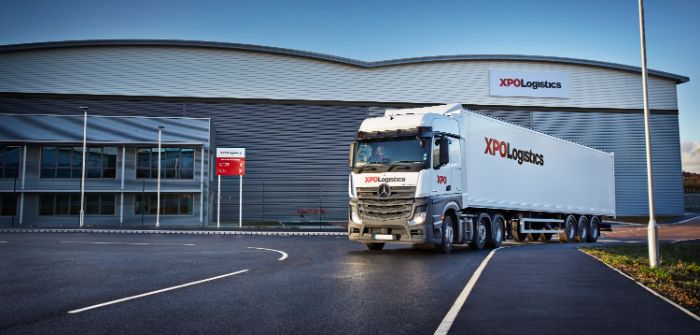Following an 11-year feasibility and safety study, the UK has updated its trailer length regulations to allow HGV tractors and trailers up to 18.55m (61ft) in length – which is 2.05m (6ft 9in) longer than the previous maximum allowed on UK roads.
The longer semi-trailer (LST) trial began in 2012 with around 300 operators taking part, covering about 2,700 trailers across the entire trial run by the Department for Transport (DFT). The trial aimed to determine whether the longer trailers were safe for use on UK roads and what benefits could be achieved in terms of larger loads resulting in fewer trips. It is estimated that through actual world use, longer trailers can be operated safely and deliver a 13% to 14% reduction in emissions. Across the trial, the emissions reduction was 8% to 9%, according to the DFT. The trial also carried out route modeling for the LSTs and the impact of their use on vulnerable road user groups, such as cyclists and pedestrians. According to the DFT, the trial found that LSTs were involved in around 61% fewer personal injury collisions than conventional lorries.
The average reduction in CO2 emissions during the 11-year trial was 70,000 metric tons, with 97 metric tons of NOx removed. This is equivalent to the amount of CO2 captured by around 11,600 acres of forest annually. The NOx reductions are the equivalent of removing around 2,000 diesel cars from the road per year, according to DFT figures.
The regulations came into effect on May 31, 2023. The DFT expects LSTs to bring a £1.4bn (US$1.7bn) boost to the UK economy and save 70,000 metric tons of CO2 emissions from the environment through an 8% reduction in the number of journeys required to move the same amount of goods. While the LSTs can now be used on the UK’s roads, they are subject to special management and oversight by the companies using them.
Dan Myers, managing director of XPO Logistics, UK and Ireland, said, “We welcome anything that supports the industry to improve environmental performance while still keeping people safe. We are confident that this is one more step toward carbon neutrality.”
Read more key vehicles and fleet updates from the parcel and postal technology industry, here.


